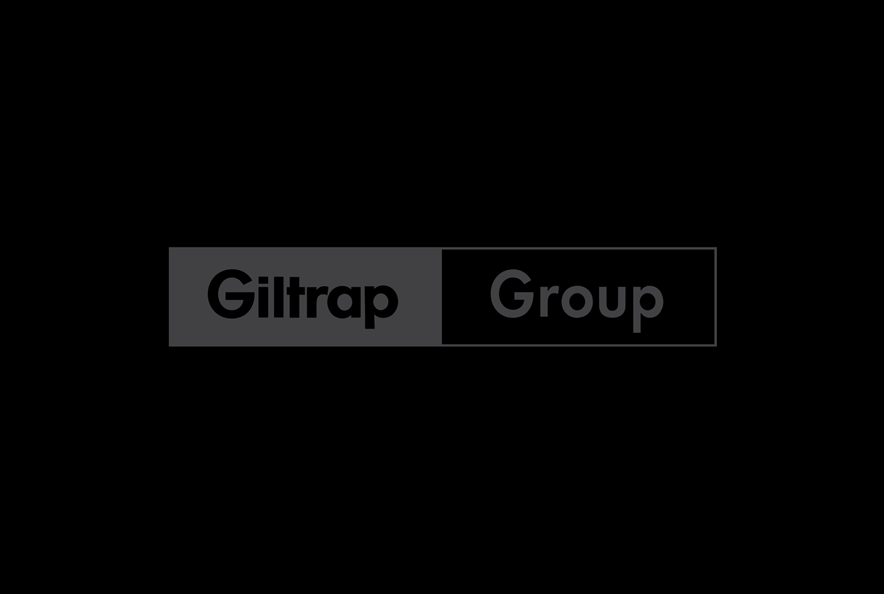The Road Ahead
The ‘Golden Triangle’, incorporating the Auckland, Waikato and Bay of Plenty regions, now makes up over 50 percent of New Zealand’s population.
The geographical spread in the upper North Island known as the ‘Golden Triangle’ is New Zealand’s powerhouse.
Comprising the fastest growing urban centres in the country, Wingate Architects says it’s also where the ability to deliver housing, infrastructure and transportation will provide the biggest opportunities. And face the biggest challenges.

The ‘Golden Triangle’, incorporating the Auckland, Waikato and Bay of Plenty regions, now makes up over 50 percent of New Zealand’s population.
The numbers are quite staggering. The combined regions already account for more than 50 percent of job opportunities filled in the country and 50 percent of Gross Domestic Product. The average growth rate for the ‘Golden Triangle’ of 1.4 percent over the last decade doubles the rate of growth being experienced in the rest of the New Zealand.
This continued growth in the upper North Island means that the primary population centres of Auckland, Hamilton and Tauranga will drive an upward trajectory; it’s expected the ‘Golden Triangle’ will account for over 70 percent of the country’s population in a couple of decades. Auckland is already the fastest-growing city in Australasia, while in recent years both Hamilton and Tauranga have leapfrogged Dunedin to become our fourth- and fifth-largest population centres respectively.
The opportunities are endless, says David Wingate, Director at residential and commercial design specialists, Wingate Architects. Naturally though, such unprecedented activity also brings with it plenty of challenges.

Wingate Architects says questions around housing, roading and health have become more pertinent than ever for town planners, economists and both local and central government. Auckland’s housing shortage is well-publicised; the need for an estimated 400,000 extra residential dwellings is putting pressure on infrastructure and means that a $1.9bn investment in public transport will be needed in order to keep burgeoning new communities within Greater Auckland moving.
Rapidly-developing communities aren’t just Auckland-based, however. With the Waikato Expressway now nearing completion, Hamilton has emerged as a major transport logistics and distribution centre, with centralised access to improved roads, rail and port facilities. The Waikato Expressway also makes Auckland’s International Airport that much closer; a viable air link with overseas destinations for Hamiltonians.
The ability for small communities situated along the corridor between Hamilton and Auckland to develop has never been better. Similarly, with the Port of Tauranga now a significant contributor to New Zealand’s economy, transport links between these three rapidly-developing main centres – especially State Highways 1, 2 and 29 – will need to be improved in tandem with rail freight links. It is estimated $245m worth of regional network improvements will be needed in the Bay of Plenty alone.
All big numbers. But then, with the country’s economic engine room running at capacity, finding efficient solutions to keep the economy moving while improving the health, living standards and general wellbeing of the population in an area that is home to more Kiwis than any other, has become a key focus.
Wingate Architects says rethinking the way commercial spaces, as well as residential communities, are developed has become ever-more prescient in the ‘Golden Triangle’ too.
While urban sprawl was once an inevitability of such growth, proactive designers, planners and councils are looking at other options; rather than developing green fields sites wholesale, for example, the regeneration of existing land and buildings has become more desirable in many quarters.
David Wingate says that existing buildings backing on to laneways or other quiet and contained spaces have yielded reinvigorated work environments, even for larger companies.
With offices in Auckland, Tauranga and Hamilton, David says his company has also developed its own models around shared or collaborative workspaces, saying such commercial environments have established themselves as an ideal modern business template, especially for the creative industries.
“With over half the jobs advertised in New Zealand now split between the three main centres within the ‘Golden Triangle’, we will need corporate entities of all sizes to look at evolving the way they work and the environment within which they do business,” he says.
Outside of the office environment, a strategic mix of public transport connections, improved roading for private vehicles and transport alternatives such as walking and cycling path networks will be necessary to keep rapidly evolving communities moving.
Main arterial routes will become busier, so corridor improvements will need to mix significant safety gains and travel time improvements with minimal impact to the environment.
Wingate Architects also believes that another key evolution will be the electric vehicle (EV), which will rapidly develop into a viable fleet car for many companies as available range from the onboard batteries improves.
Part of the investment in infrastructure along the ‘Golden Triangle’s transport corridors will also need to incorporate a broader fast-charge network, allowing EV drivers to recharge vehicles of all shapes and sizes at a wider array of charging stations.
“Many of our team travel a lot; it’s just the nature of a consultative entity like ours,” says David.
“For the most part private passenger vehicles remain the best way for us to get around, especially between our Auckland, Tauranga and Hamilton offices.
“But we are looking to adopt electric vehicles into our fleet. Improvements in the available battery technology, coupled with better infrastructure makes our move towards more electric vehicles in our fleet a case of ‘when’, not ‘if’.”
The key to sustainable and successful growth within the ‘Golden Triangle’ will be a rather delicate balancing act. It’s an environment in which industry will need to coexist with humanity to a level that New Zealand hasn’t experienced before.
But then, the potential level of opportunity and reward in New Zealand’s economic engine room has never been bigger either.